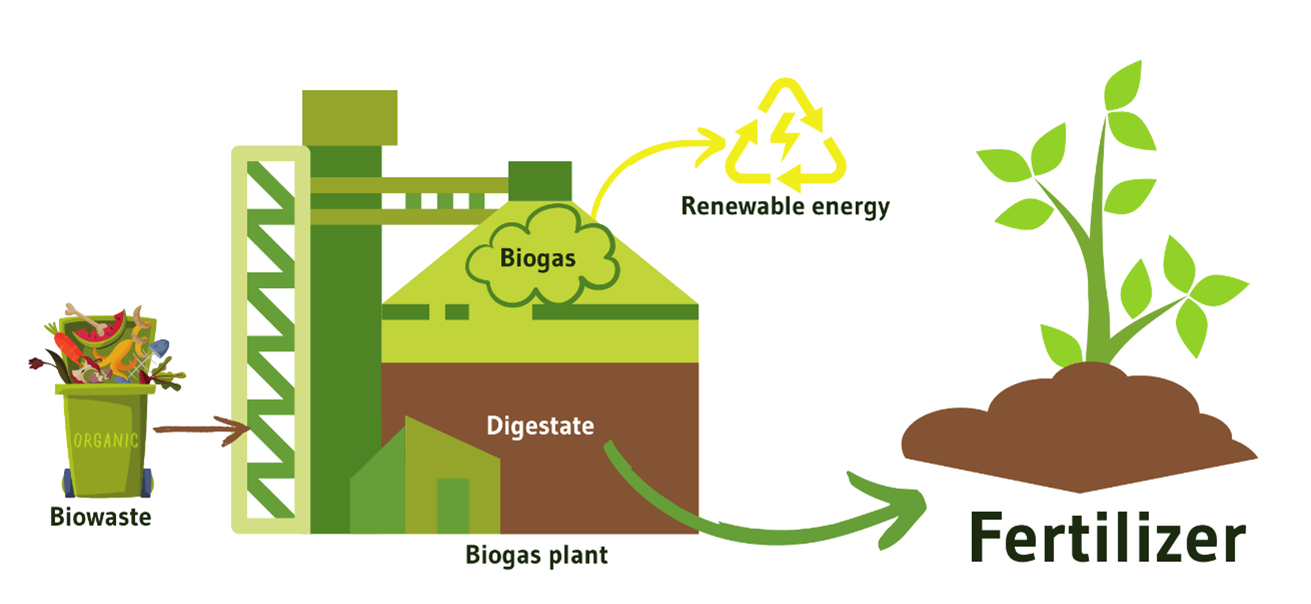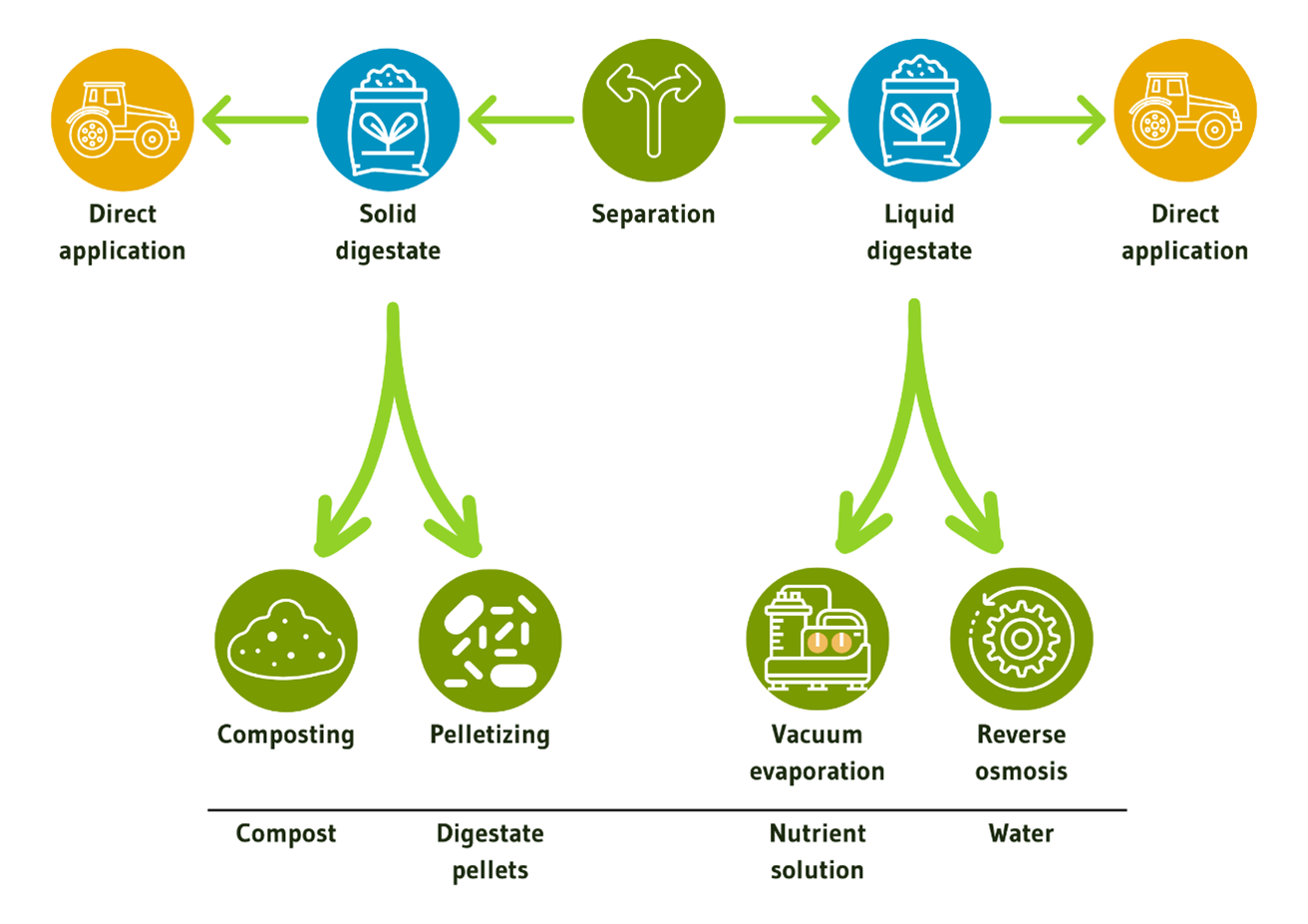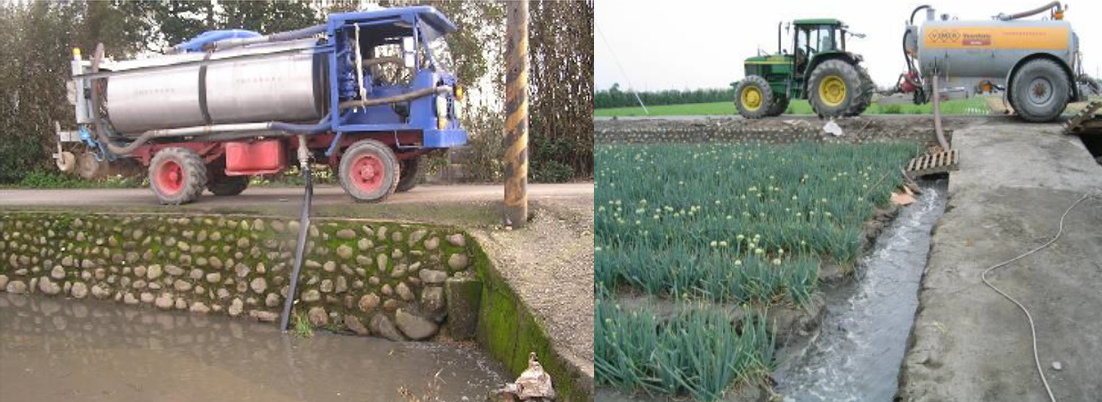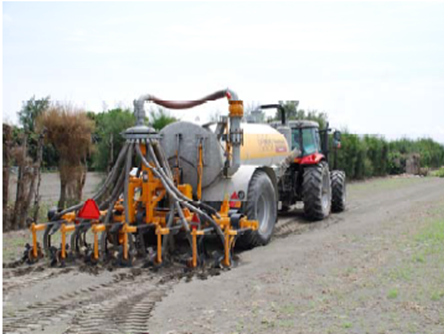Search
Our locations
With our more than 110 employees in whole Taiwan, we are accepting resource recyclables and waste all the way from Kaohsiung to Taipei. In addition to our head office in Taipei, we serve customers from all regions in our plastic recycling plant in Nantou and our industrial service plant in Taoyuan.
The REMONDIS Group’s locations
Discover the world of REMONDIS with its approx. 900 branches and associated companies in over 30 countries across Europe, Africa, Asia and Australia.
The underestimated liquid fertilizer – digestate
In the blog post “Co-existing with Biogas”, we introduced that digestate is the byproduct of a biogas plant and a high-quality fertilizer rich in humus and plant nutrients. The look of it doesn’t suggest it but in terms of value, digestate plays in the same league as mineral fertilizer, sometimes even higher.


Advantages of digestate
Digestate is rich in humus (the dark organic matter in soil that can retains moisture and nutrients) and nutrients. This byproduct of the anaerobic digestion process can be used as organic fertilizers in agriculture, bringing soil improvement to the environment, reducing greenhouse gas emissions, and realizing circular economy.
The humus in the digestate helps maintaining soil fertility and water retention, prevents soil loss, increases soil carbon sinks, and realizes a closed carbon cycle in the agriculture. In contrast, chemical fertilizers neitheradd any humus to the soil, nor can they contribute to fixing carbon in the soil.
Also, the digestate can retain the plant nutrients such as nitrogen, phosphorus and potassium from the treated biowaste to achieve a closed nutrient cycle. The reason why these three elements are so important to plant growth is that they constitute the key structure of plants such as protein and DNA. After the anaerobic fermentation process, the bioavailability of nutrients will be improved. Therefore, the use of digestate to replace chemical fertilizers is crucial. After all, nitrogen, phosphorus, and potassium in chemical fertilizers are limited natural resources. Moreover, chemical fertilizers not only involve long-distance transportation during use, but also consume high energy during production, leading to more greenhouse gas emissions. As a result, the use of digestate instead of chemical fertilizers can effectively reduce the resource depletion and reduce greenhouse gas emissions.

Digestate treatment
Digestate fertilizers can come in various forms. They are mainly divided into digestate solid / liquid and upgraded fertilizers after further treatment after solid-liquid separation.
The digestate itself is already a high-quality fertilizer that can be directly applied to the agricultural land. With further processing, the digestate fertilizer can become a more convenient form for farmers to apply such as pelletized fertilizer and concentrated nutrient extraction.
The preliminary digestate processing is to separate the slurry-like digestate into the solid-phase and liquid-phase. Digestate solid can go through composting or even pelletizing to make granular fertilizer. Liquid digestate can be processed into nutrient solutions through vacuum drying or go through reverse osmosis for water regeneration [1].

Digestate application on agricultural land
The application method of solid digestate is the same as that of general solid chemical fertilizer or organic fertilizer.
Flood irrigation:
The liquid digestate fertilizer is put into the irrigation water from a liquid fertilizer tank. The digestate fertilizer is evenly mixed in the water, so that the fertilizer can be easily absorbed by the crops.

Wide Spreading:
Use tank trucks with sprinklers to directly spread digestate fertilizer on the surface of the farmland. This is the most common method of digestate application.

Slurry injection:
Use a tractor to drag the liquid fertilizer tank and the injection device to directly inject digestate fertilizer into the soil. This can effectively prevent nutrition loss.


Digestate related regulations in Taiwan
The Taiwanese government has been promoting the use of digestate on agricultural land in the recent years.
The Environmental Protection Agency has continued to subsidize local governments since 2015 to promote demonstration projects of livestock manure collection, treatment and recovery of ammonia nitrogen. The subsidy can be used forlivestock waste treatment facilities, manure collection vehicles, and vehicles or facilities for digestate application.
In the “Water Pollution Prevention Measures and Testing and Declaration Management Measures” starting 2010, livestock digestate is allowed to be applied on agricultural land, and targets for livestock farms to utilize livestock wastewater are added in 2016 [3].
Although the government is mainly promoting digestate application in the livestock industry, it is gradually opening up the utilization of digestate derived from other biowaste. For example, in the household kitchen waste reuse regulations, conversion to fertilizer and the operation management mechanism of digestate was added in July 2022 [4].
We are looking forward that the Taiwan government will include more commercial biowaste (e.g. food waste, brewery waste) s into the scope of digestate promotion. Below we list a few recommendations based on Germany’s experience that could speed up the development of the biogas industry for the government:
1. Coordinate government and regulations to allow biowaste treatment from household, industry and agriculture can be treated together and manage digestate regardless of the biowaste type.
2. Simplify administrative review process (e.g. single case-reuse) for digestate application on agricultural land. For example, we can learn from the German Compost & Digestate Standards [5] to formulate digestate standards by defining the quality and hygiene parameters.
3. Launch education campaigns on the farmer’s side to build on acceptance and knowledge about digestate application.
In this way, Taiwan can combine industrial and agricultural cycles, realize circular economy practices, and move towards Net Zero!

That concludes our post about digestate application!
If you have any questions about this topic, or wish to know more about biogas plant system, > Contact us and we will be more than happy to answer your questions!
Sources
(1) German Biogas Association 《Biowaste to Biogas》
(2) Council of Agriculture 《Essentials of farmland fertilization of livestock wastewater》
(3) Water Pollution Prevention and Control Measures and Inspection and Declaration Management Measures
(4) General Waste Clearance and Treatment Methods Attached Table 1
(5) German Environment Agency 《Quality assurance of compost and digestate 》


